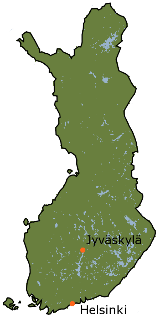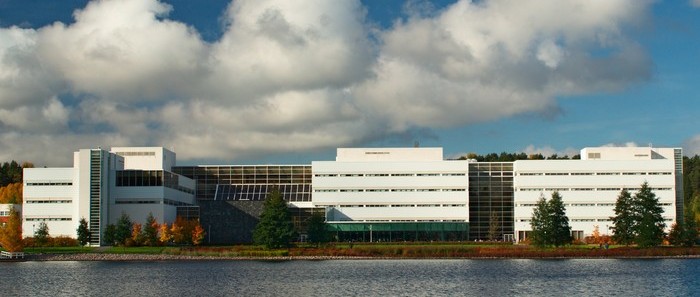Symposium Venue
Finland

Situated between the 60th and 70th degrees of latitude, Finland is the second most northern country in the world. The land border with Russia is the eastern boundary of the European Union. Two thirds of the country, 338,000 km2, is covered by forest, one tenth by water, while less than one tenth is cultivated land. There are 188,000 lakes and 180,000 islands.
Finland has a population of 5.2 million, of which two thirds live in urban areas. Finland has two official languages, Finnish a Finno-Ugric language, and Swedish, which is the mother tongue of 6 % of the population. Sami (Lappish) is spoken as their native language by 1,700 inhabitants.
Finland ranks among the top countries in its R&D investment, and its economy is strongly based on high-tech exports.
With its location at the Arctic Circle, Finland offers "the white nights" in summer. In the northern parts of the country the sun does not set for 70 days in summer.
Jyväskylä
Jyväskylä is located in Central Finland in one of the lake districts of the country some 270 kilometers north of Helsinki. Jyväskylä offers the advantages of a small town being comfortable, compact and safe. At the same time, it is a bustling modern centre of industry, IT-technology and education. The Jyväskylä region - comprising of the city and 9 municipalities - has over 160,000 inhabitants.
The city of Jyväskylä houses special expertise in the fields of education, paper manufacturing, paper machinery as well as energy production, environmental, information and welfare technology. Jyväskylä Science Park has a strong presence in the areas of digital media, software production and telecommunications, as well as in industrial automation and measuring technologies.
The city of Jyväskylä offers its visitors a showcase of production by Alvar Aalto, the world famous Finnish architect. His architecture comprising buildings, town plans, interiors and design, e.g. furniture, is displayed in the Alvar Aalto Museum as well as in the municipal buildings and at the University. Surrounded by lakes, ridges and forests, Jyväskylä is a place of great natural beauty.
University of Jyväskylä
Jyväskylä possesses a highly popular multidisciplinary university with a total of seven faculties. The core fields in research and education are natural sciences and mathematics, human-centred sciences, sport and health sciences, and teacher education. The Department of Physics performs research at highest international level on nuclear and accelerator based physics, materials physics and high energy physics. The accelerator laboratory has been continuously selected as Center of Excellence in Nuclear and Accelerator based physics for 2000-2017.

The NIBS 2012 symposium will be organized in Agora building in Jyväskylä


